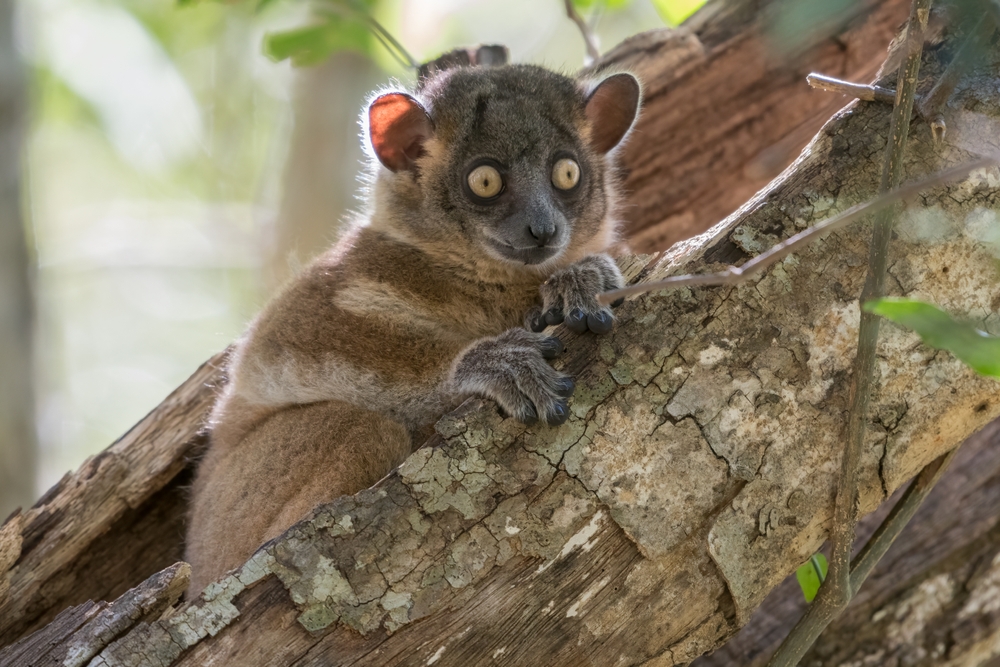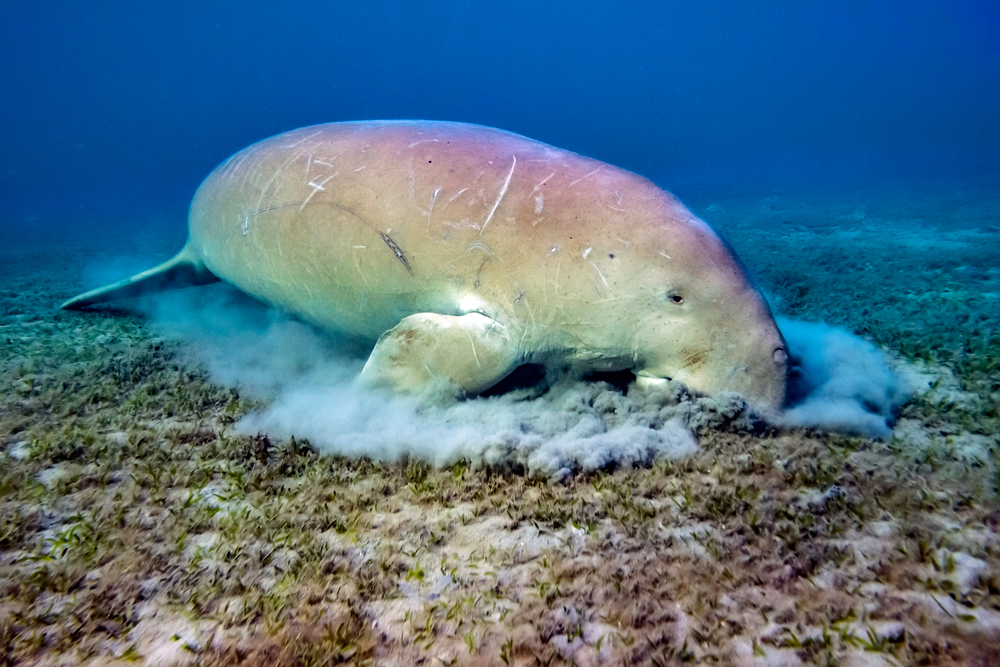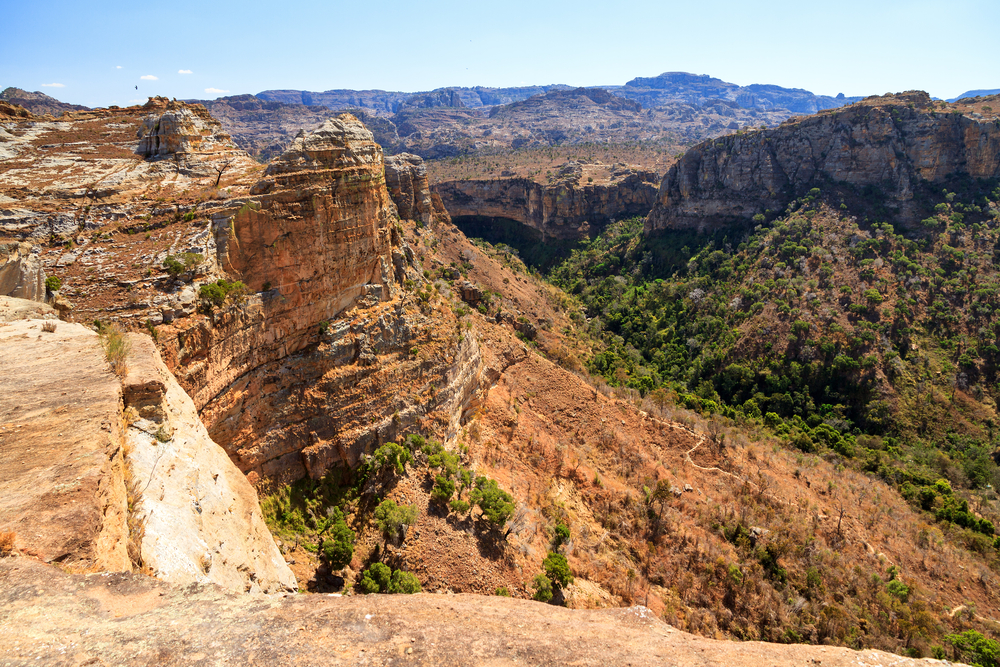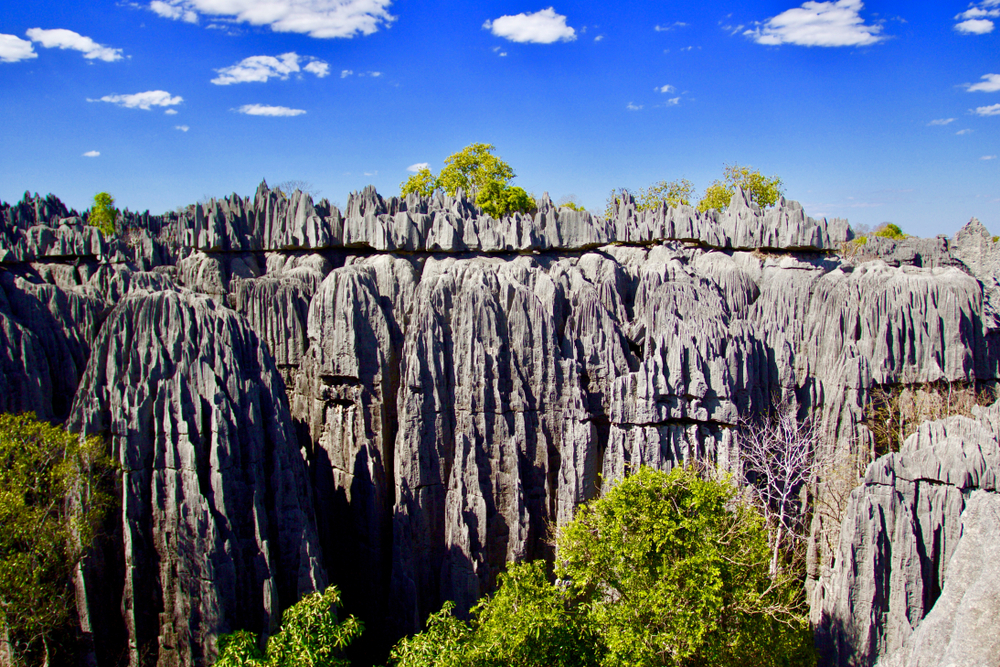Zombitse-Vohibasia Overview
Zombitse-Vohibasia National Park, locally known as “Parc National de Zombitse-Vohibasia,” is a unique dry forest ecosystem located in southwestern Madagascar. Situated in the Atsimo-Andrefana region, near the town of Sakaraha, the park spans approximately 363 square kilometers (140 square miles). Established in 1997, Zombitse-Vohibasia is a critical habitat for endemic species and serves as an important transition zone between Madagascar’s western and southern ecosystems. Its mix of dry deciduous forests, grasslands, and savanna makes it a key site for biodiversity conservation.
The park’s terrain is relatively flat, with scattered limestone outcrops and a mix of dry forests and open grassy plains. The vegetation is characterized by drought-resistant plants, including baobabs, pachypodiums, and a variety of succulents. These forests are interspersed with patches of savanna and wetland areas that flourish during the rainy season. The dry forests are unique in their ability to sustain life in a region with limited rainfall, making Zombitse-Vohibasia a vital ecological refuge.
Zombitse-Vohibasia is renowned for its incredible biodiversity, much of which is endemic to Madagascar. The park is home to eight lemur species, including the Verreaux’s sifaka, Hubbard’s sportive lemur, and the pale fork-marked lemur. Bird enthusiasts flock to the park to observe its 85 recorded bird species, including the rare Appert’s greenbul, which is found only in this region. The park also supports a variety of reptiles, such as the Madagascar ground boa, chameleons, and geckos, as well as a rich diversity of insects and butterflies. Its flora includes several medicinal plants and unique species adapted to the arid climate.
Visitors can explore Zombitse-Vohibasia National Park through guided forest walks and wildlife tours. The park offers trails that vary in length and difficulty, providing opportunities to observe lemurs, birds, and reptiles in their natural habitats. Cultural tours with local Bara communities allow visitors to learn about their traditional practices and the importance of the forest in their daily lives. Photography, birdwatching, and quiet observation of the dry forest’s unique beauty are highlights for eco-tourists.
Despite its ecological significance, Zombitse-Vohibasia faces challenges such as deforestation, habitat fragmentation, and illegal hunting. Conservation efforts led by Madagascar National Parks, in collaboration with local and international partners, focus on habitat restoration, reforestation, and community-based initiatives to promote sustainable resource use. Environmental education programs aim to raise awareness about the importance of protecting this unique ecosystem and to engage local communities in conservation efforts.
Zombitse-Vohibasia National Park is a symbol of Madagascar’s resilience and ecological richness. Its rare wildlife, unique dry forest, and cultural importance make it a must-visit destination for eco-tourists and researchers. Protecting this park ensures the survival of its endemic species and reinforces Madagascar’s global commitment to biodiversity conservation.



















































































